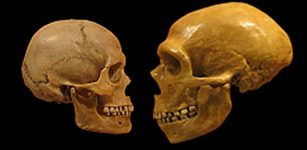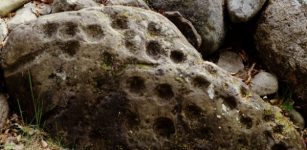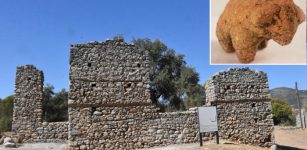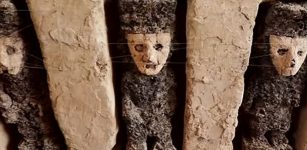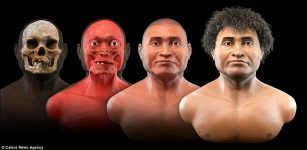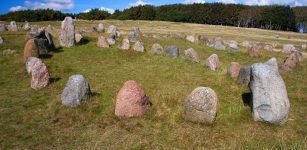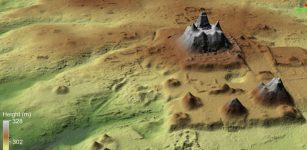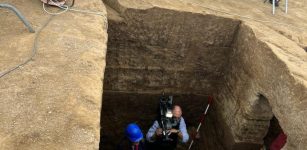First Genomic Evidence Of Early Migration From New Guinea Into The Wallacea Archipelago – New Study
Conny Waters - AncientPages.com - Researchers from the University of Adelaide and the Australian National University (ANU) have outlined the first genomic evidence of early migration from New Guinea into the Wallacea, an archipelago containing Timor-Leste and hundreds of inhabited eastern Indonesian islands.
The Sunda and Sahul shelves. Wallacea is the area in between. - CC BY-SA 4.0
Researchers examine significant gaps in the human genetic history of Indonesia's Wallacean Archipelago and West Papuan regions. This area is notable for its rich genetic and linguistic diversity, comparable to that found on the Eurasian continent. The study analyzes 254 newly sequenced genomes, providing valuable insights into this diverse region's genetic landscape.
Combined with linguistic and archaeological evidence, the study demonstrates that Wallacean societies underwent significant transformation due to the dissemination of genes and languages originating from West Papua over the past 3,500 years. This period coincides with the active interactions between Austronesian seafarers and both Wallacean and Papuan
groups.
Gludhug Ariyo Purnomo (right) discusses the research program with a participant, detailing the process and ensuring informed consent is obtained. Credit: Herawati Sudoyo.
“My colleagues at the Indonesian Genome Diversity Project have been studying Indonesia’s complex genetic structure for more than a decade, but this comprehensive study provides confirmation that Papuan ancestry is widespread across Wallacea, pointing to historical migrations from New Guinea,”
says lead author Dr Gludhug Ariyo Purnomo, from the University of Adelaide’s School of Biological Sciences.
“By connecting the dots between genetics, linguistics, and archaeology, we now recognise West Papua as an important bio-cultural hub and the launching place of historical Papuan seafarers that now contribute up to 60% of modern Wallacean ancestry.
”Genomic research is rapidly gaining significance in the field of medicine and for compelling reasons. By focusing on individual genetic backgrounds, this cutting-edge research paves the way for developing new medicines precisely tailored to meet unique genetic needs.
Dr. Purnomo asserts that in the current era of precision medicine, comprehending the genetic composition of human populations is crucial for devising treatments that are beneficial rather than harmful.
Senggo Village, Mappi Regency, Papua, Indonesia. Credit: Gludhug Purnomo.
He highlights that regions such as Wallacea and New Guinea have been inadequately represented in previous genomic studies.
Associate Professor Ray Tobler from the Australian National University (ANU) asserts that Wallacea remained isolated for over 45,000 years following the
arrival of the initial human groups. The subsequent arrival of Papuan and Austronesian migrants significantly transformed Wallacean culture by introducing
new languages. These languages diversified and intermingled, thereby contributing to the creation of its rich linguistic landscape.
“Our findings suggest that the Papuan and Austronesian migrations were so extensive that they have largely overwritten the ancestry of the first migrants, making the recovery of these ancient migrations from genetic data challenging,” adds Professor Tobler, who is also an Adjunct Fellow at the University of Adelaide’s Australian Centre for Ancient DNA.
"There's also been so much movement in Wallacea in the past couple of thousand years, due to the spice trade and slavery, that it obscures the relationship between geography and genetics," Associate Professor Tobler adds.
“What we know about Wallacea and New Guinea is just the tip of the iceberg, but the use of ancient DNA can help to overcome some of these challenges and help us to understand the origins and legacy of human journeys to the region stretching back tens of thousands of years.”
Researchers summarize that reconstructing past movements with modern genetic data is challenging due to historical migrations.
The study is published in the Proceedings of the National Academy of Sciences (PNAS).
Written by Conny Waters - AncientPages.com Staff Writer






